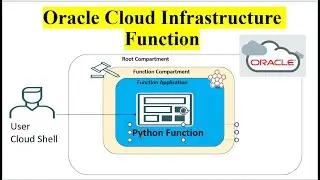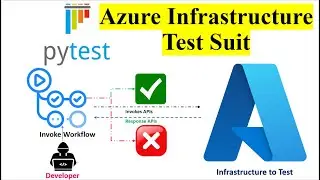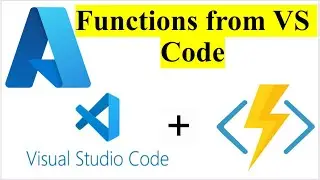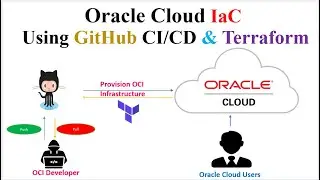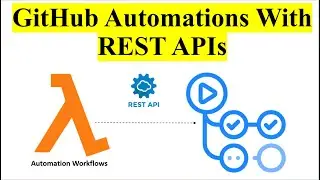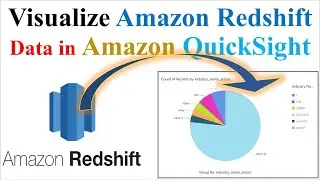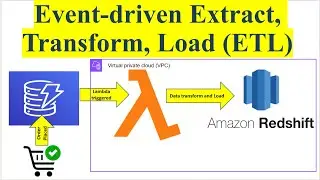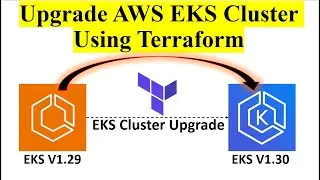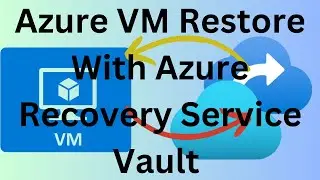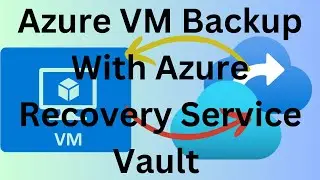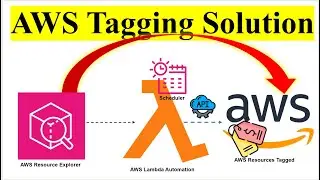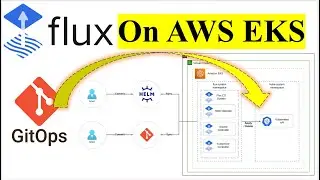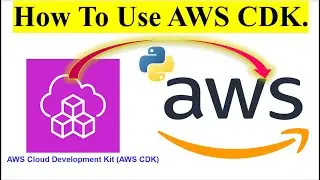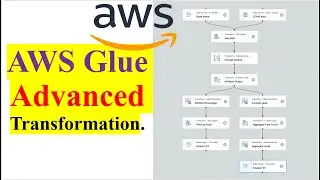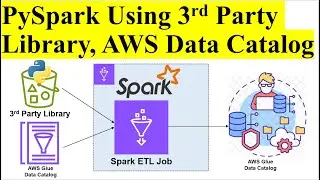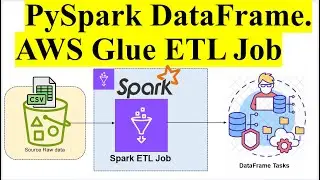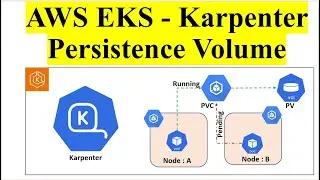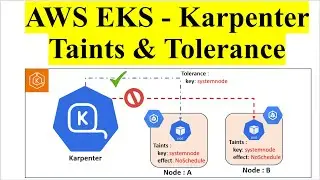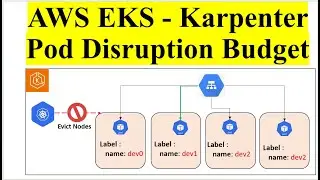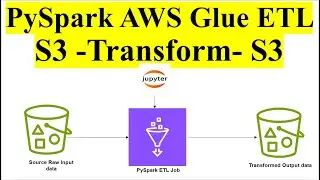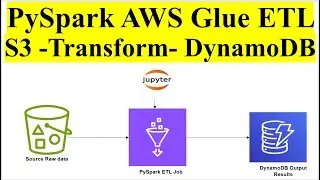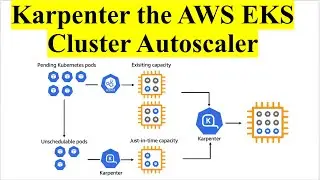AWS Resource Tagging Automation | AWS Resource Explorer | Lambda | AWS Resource Groups Tagging API
===================================================================
1. SUBSCRIBE FOR MORE LEARNING :
/ @cloudquicklabs
===================================================================
2. CLOUD QUICK LABS - CHANNEL MEMBERSHIP FOR MORE BENEFITS :
/ @cloudquicklabs
===================================================================
3. BUY ME A COFFEE AS A TOKEN OF APPRECIATION :
https://www.buymeacoffee.com/cloudqui...
===================================================================
Introduction
Purpose of Tagging: The video begins by explaining the significance of tagging in AWS environments. Tags are crucial for organizing, managing, and identifying AWS resources, enabling better cost allocation, security management, and operational efficiency.
#AWSResourceExplorer
Overview: AWS Resource Explorer is introduced as a tool to search and filter resources based on tags. It simplifies the process of locating resources across multiple AWS accounts and regions.
Features: The video covers features such as advanced search capabilities, filtering options, and integration with other AWS services for enhanced resource management.
#automation Tagging with AWS #Lambda
Introduction to AWS Lambda: The presenter explains AWS Lambda, a serverless compute service that runs code in response to events and automatically manages the underlying compute resources.
Lambda Functions for Tagging: Detailed steps are provided on how to create and configure Lambda functions to automate tagging processes. This includes:
Triggering Lambda Functions: Setting up triggers for Lambda functions based on resource creation or modification events using AWS CloudWatch Events or EventBridge.
Writing Lambda Code: Demonstrating the Python code (or other languages supported by Lambda) used to apply tags to newly created or updated resources.
Testing and Deployment: Instructions on testing the Lambda functions and deploying them in a production environment.
#AWS Resource Groups Tagging API
Introduction: The video introduces the AWS Resource Groups Tagging API, a powerful API for programmatically managing tags across AWS resources.
Capabilities:
Bulk Tagging: Demonstrates how to tag multiple resources simultaneously using the API.
Tag Retrieval: Shows how to retrieve tags for resources across different AWS services.
Tag Compliance: Ensuring compliance with organizational tagging policies using the API.
Code Examples: Provides sample code snippets and scripts for interacting with the Tagging API, including how to list resources with specific tags, add or modify tags, and enforce tagging policies.
Practical Demonstrations
Hands-on Setup: Step-by-step walkthroughs for setting up the tools and services discussed. This includes:
Creating and Configuring AWS Lambda Functions: Detailed instructions on setting up Lambda functions, including IAM roles, permissions, and triggers.
Using AWS Resource Explorer: Demonstrations on how to use the AWS Resource Explorer interface to search for and filter resources based on tags.
Interacting with the Tagging API: Live coding sessions showing how to use the AWS SDKs (such as Boto3 for Python) to interact with the Tagging API.
Best Practices and Use Cases
Tagging Best Practices:
Standardizing Tags: Recommendations on standardizing tag keys and values across the organization to ensure consistency.
Tagging for Cost Management: How to use tags to track and manage costs, allocate expenses to different departments, and generate detailed billing reports.
Security and Compliance: Using tags to manage resource access and compliance with regulatory requirements.
Real-World Examples: The video presents real-world use cases and scenarios where effective tagging strategies have led to improved resource management and operational efficiency.
Conclusion
Summary: The video wraps up with a summary of the key points covered, reiterating the importance of automated tagging and the tools available in AWS to achieve it.
Further Learning: Suggestions for additional resources and documentation for viewers who want to delve deeper into AWS tagging, Lambda, and the Tagging API.
Repo Link : https://github.com/RekhuGopal/PythonH...
#aws
#resourceautomation
#taggingautomation
#awstagging
#awsresourceexplorer
#awslambda
#lambda
#resourcegroups
#taggingapi
#awscloud
#cloudautomation
#cloudmanagement
#awspolicies
#awstagpolicies
#servicemanagement
#resourceorganization
#costmanagement
#securitymanagement
#iam
#cloudwatch
#eventbridge
#boto3
#apiintegration
#serverless
#cloudservices
#automationbestpractices
#awsdemo
#taggingstrategy
#resourcefiltering
#tagcompliance
#costallocation
#resourceidentification
#devops
#cloudengineering
#cloudoperations
#cloudstrategy
#awsbestpractices
#awstutorial
#awslearning
#cloudsecurity
#resourceinventory
#cloudinfrastructure








